
Five reasons to consider a STEM-designated degree at an art school
From state-of-the-art tools and industry partnerships to opportunities to make a real-world impact and design the future, learn why a STEM-designated undergraduate program at an art school may be right for you.
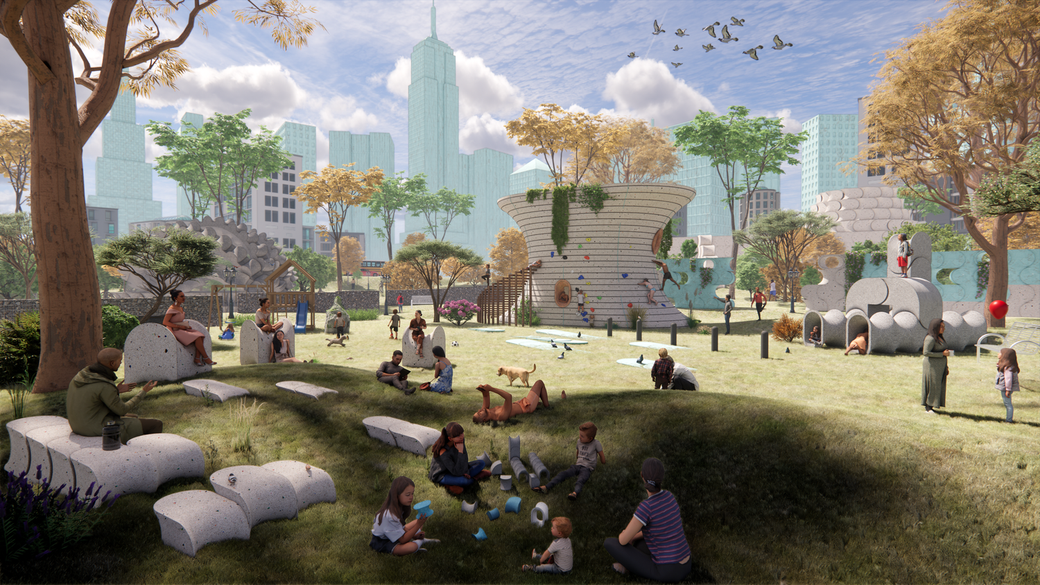
A collaboration between students at CCA Architecture and UCSF, the project Shell We Dance? earned Outstanding Science Winner at the Biodesign Challenge in New York. Courtesy of the designers.
STEM-designated programs at colleges and universities are known for their emphasis on science, technology, engineering, and mathematics (STEM for short) and for their renown among employers. But did you know that many art and design schools like California College of the Arts (CCA) are home to STEM-designated programs, too?
CCA is home to six undergraduate STEM-designated degrees across a wide range of disciplines: Animation, Architecture, Communication Design, Interior Design, Interaction Design, and even Comics.
International students with an F-1 Visa who complete a STEM-designated degree in the United States may also be eligible to apply to extend the 12-month post-completion OPT (one year of post-graduate work experience in the U.S.) for an additional 24 months.
Here are five reasons to add art school STEM-designated programs to your list of future dream schools.
1. Build an in-demand, versatile skill set
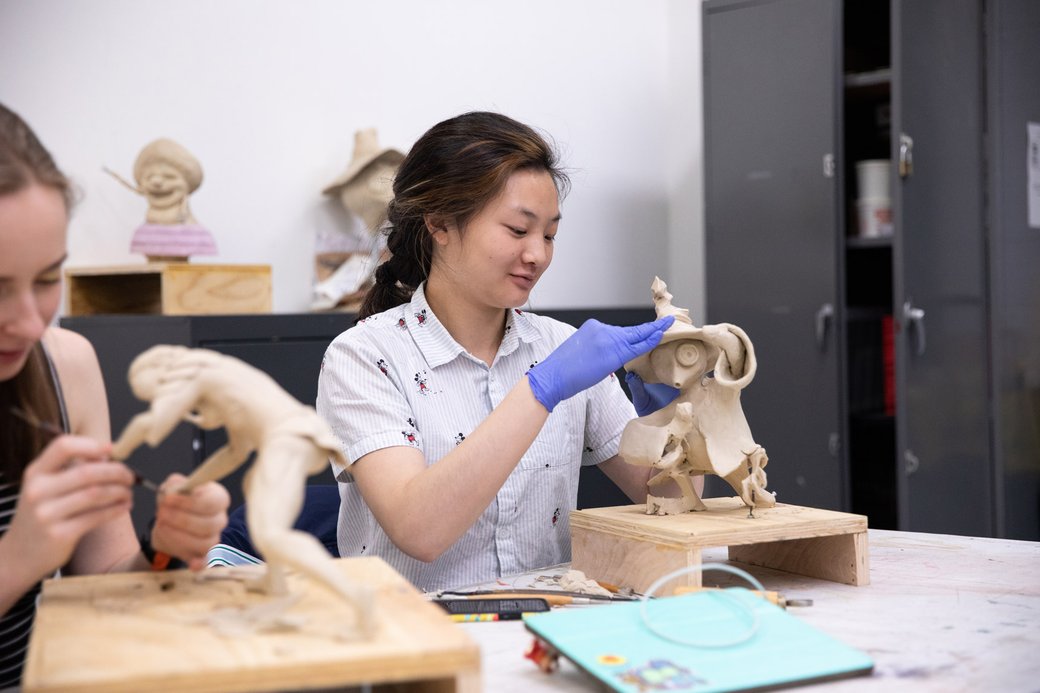
BFA Animation students learn the art of acting and craft of sculpting to refine the quality of their own work.
These days, artists, designers, and architects possess a diverse set of skills to be successful in their chosen practice: they can write visual narratives, create storyboards, prototype and innovate sustainable materials, and critically think about how their work shapes the world.
STEM-designated programs at art and design schools take on the mindset of working across mediums and disciplines to heart. At CCA, animation students take acting classes to more accurately convey human movement and facial expressions in their work, as well as study movement in film and animation in the course Sculpture for Animation.
Similarly, students in CCA’s BFA Comics program take specialized courses like Writing for Comics and Digital Tools to master the unique blend of visual narratives and strategies for online storytelling amid a dense digital landscape.
“Making comics at an art school is such a revolutionary thing,” says Matt Silady, associate professor of Comics, “You take a film class, an animation class, or painting class, and these have the power to shape and transform your own practice.”
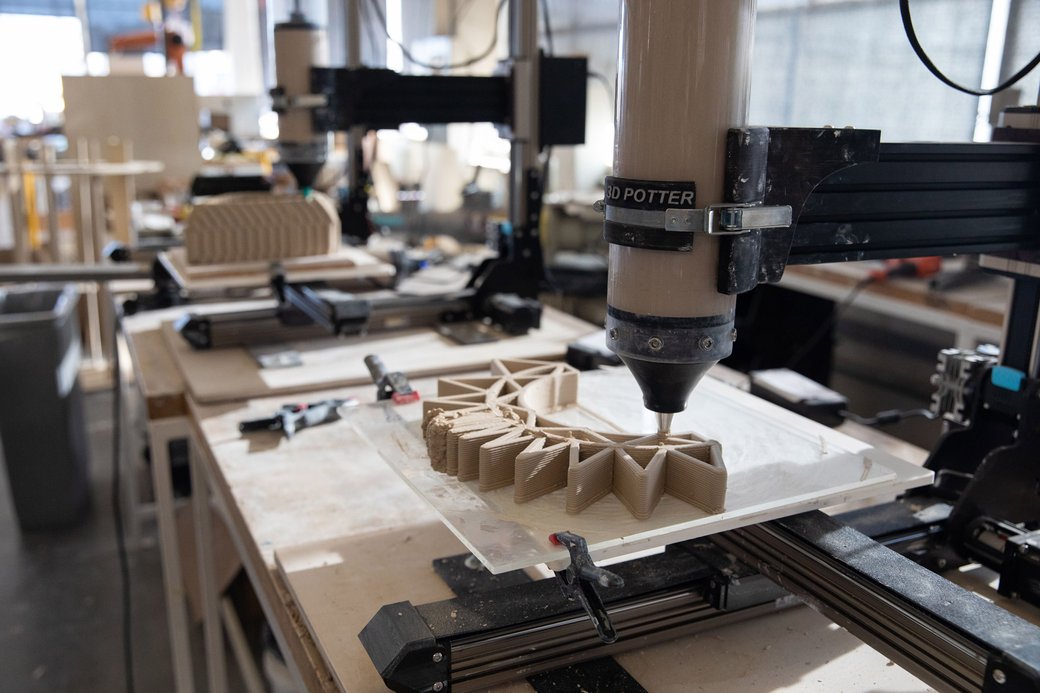
CCA students have access to the tools they need, like this Potterbot, to push their creative practice forward.
2. State-of-the-art tools and labs
Art schools like CCA specialize in making—everything! From ceramics to textiles and furniture to printmaking, you can find the right tool or lab to bring what you dream up to life.
You can use a CNC router to cut and carve materials such as plastic, wood, masonite, and more, from designs you’ve modeled on the computer. Print your own Zine or comic on a specialized Risograph printer. Or use a Potterbot to 3D print your designs with clay. CCA also boasts a “fleet” of over fifty 3D printers available for check out to students.
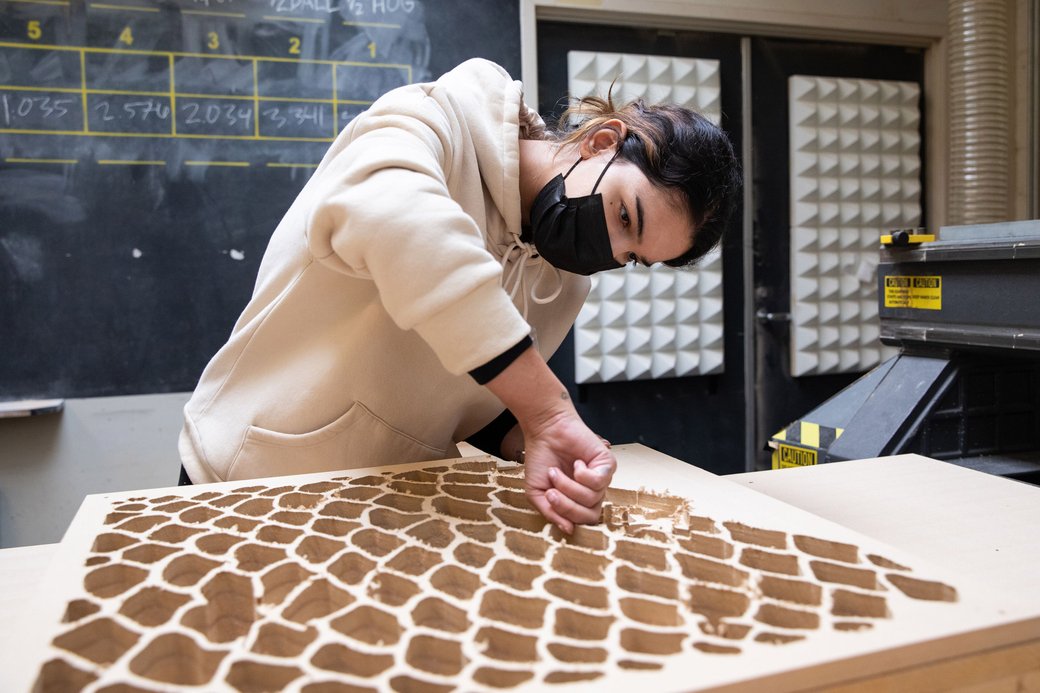
Find the precise equipment, like a CNC router, for your particular design or project.
Many of these tools are in special shops and studios such as the Flat Lab, Hybrid Lab, Rapid Prototyping Studio, Digital Craft Lab—there is even an Open VR Space.
CCA also boasts a newly expanded campus with brand-new classrooms, studios, greenspaces, and more.
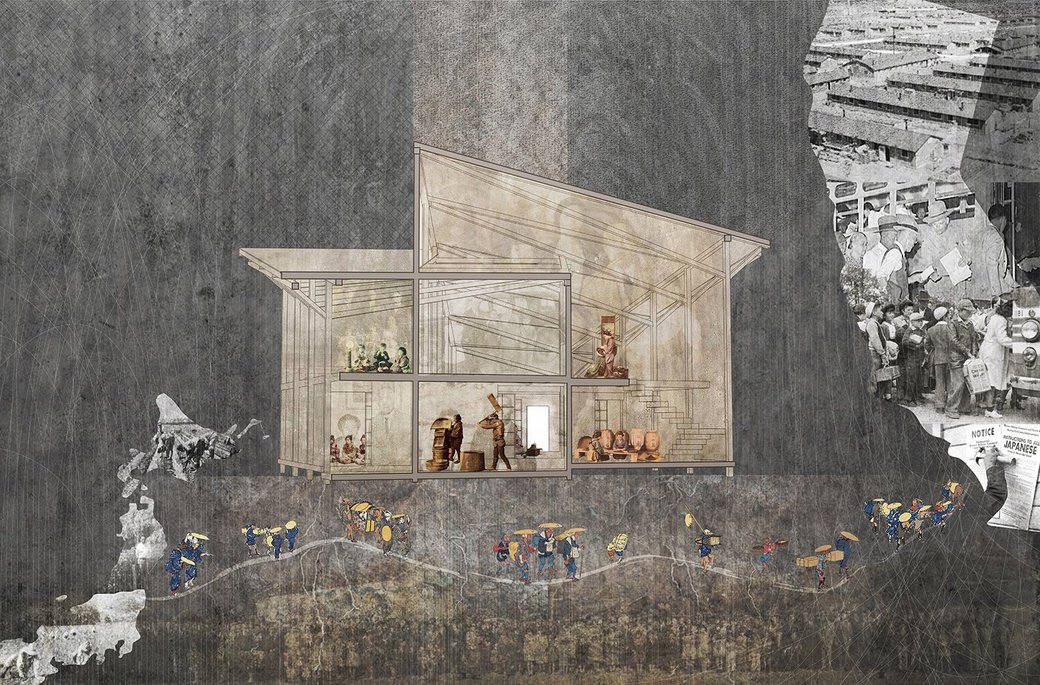
Chizumi Kano and Conrad Scheepers (BArch Architecture and MArch Architecture 2024), SATOYAMA, 2023. Courtesy of the artists.
3. Make with heart and impact
Students and faculty from all of CCA’s programs, including STEM programs, are driven to make a difference in the world. STEM-designated programs like undergraduate Architecture, which is also NAAB-accredited (National Architectural Accrediting Board), embed this philosophy into everything they do.
“Architecture is a social art,” says Mark Donohue, chair of BArch Architecture, “We’ve got to make sure that when we’re making and building things for people, that, in addition to being safe, they also help create a better society and place to live.”

Industry partnerships have included the Google-sponsored course Studio Forward, which have allowed for students to imagine the future and workshop bold ideas.
For instance undergraduate Architecture student Chizumi Kano created a project with graduate student Conrad Scheepers that explored ecological restoration by collecting rainwater. And in the course Property in Crisis, taught by Associate Professor of Architecture Janette Kim, students have imagined whole new ways to conceive of affordable housing and envisioned new economic systems where people can thrive.
Additionally, in STEM-designated programs such as Interaction Design and Communication Design, students have imagined what the future of belonging could look like through speculative design in the Google-sponsored course Studio Forward.
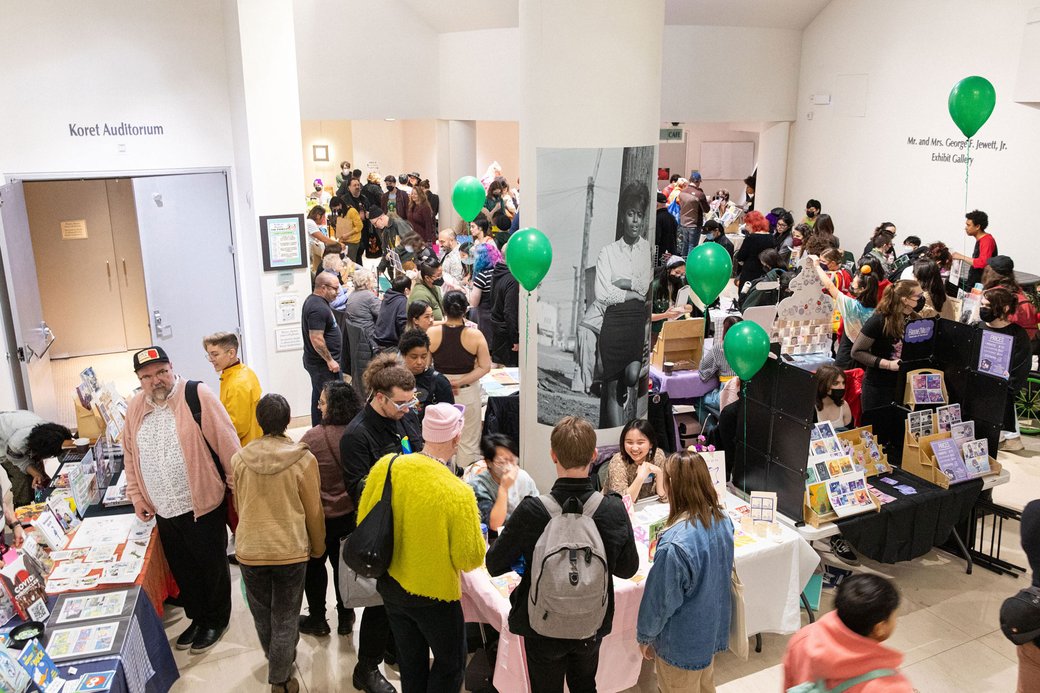
The Pride in Panels San Francisco Queer Comics Fest is among the many artist festivals, meetups, and opportunities to showcase work in a dynamic and diverse city.
4. A professional network to help start your career
Art schools are found all over the country—from small towns to huge cities—and are often linked to the flourishing art and design communities nearby. CCA is located in the heart of San Francisco’s Design District in a city that has long been at the forefront of innovation. So it’s only natural that the college is fully immersed and maintains strong partnerships with many of the region’s leading industries and professions, including noteworthy companies such as Adobe, Google, Audi, and others.
Students also learn from faculty who are themselves architects, designers, practicing artists, and published writers. And programs such as Architecture, Communication Design, Interior Design, and Interaction Design include key internships as a part of their curriculum.
5. Get ready for life after college
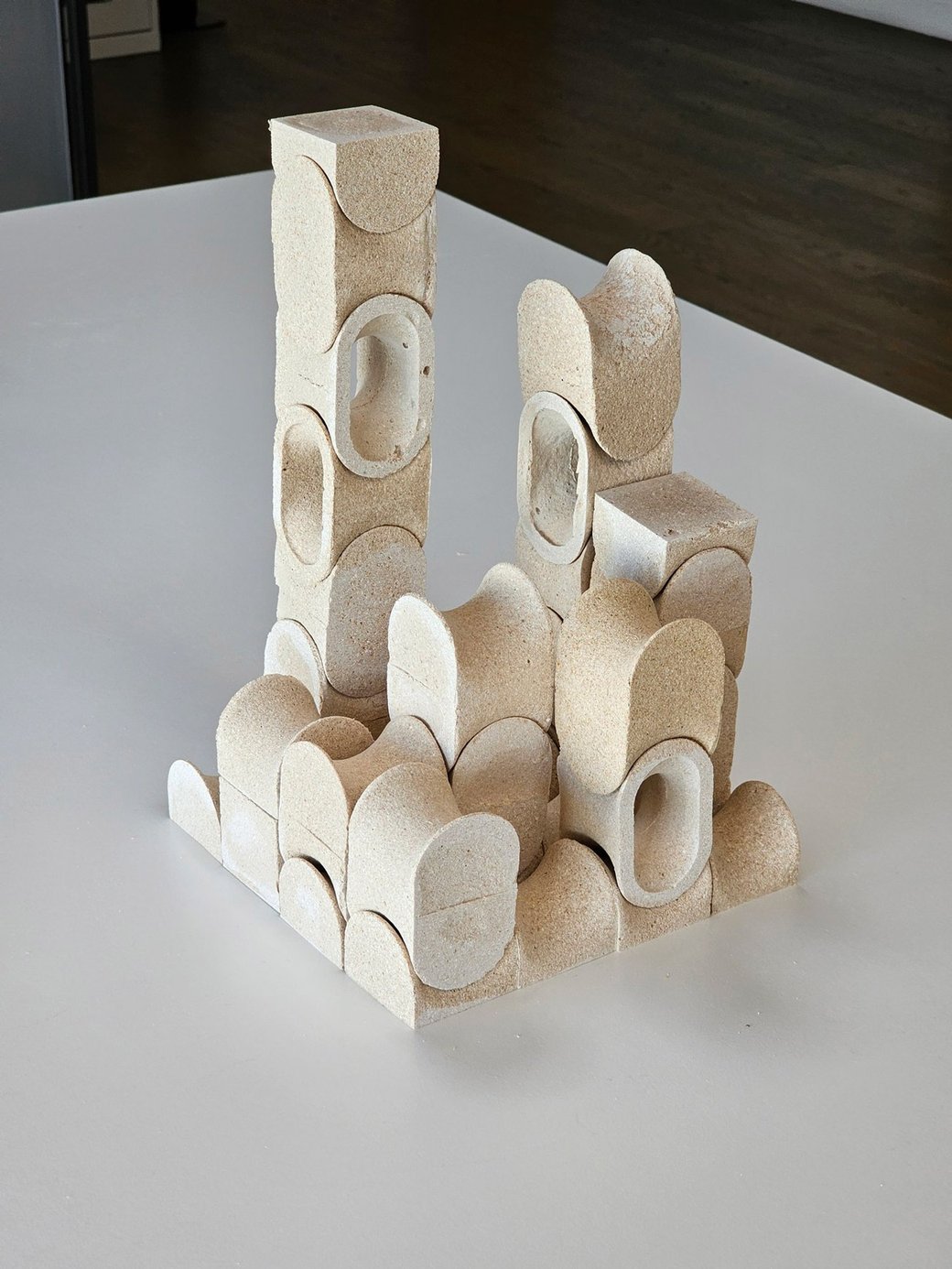
Miti Mehta (MArch Architecture 2024), Negar Hosseini (MArch Architecture), Kianoush Hamedi (BArch Architecture 2024), Jesus Guillermo Macias Franco (BArch Architecture 2023), Alex Hong (UCSF), Claire Kokontis (UCSF), and Camille Moore (UCSF) earned Outstanding Science Winner with their biomaterial project "Shell We Dance?"
At an art school, you make with your hands on day one. And that’s true of CCA’s STEM-designated programs as well. Students put theory into practice every day, and possess the skills necessary to launch creative careers when they graduate.
Nothing exemplifies career readiness and STEM more than earning an Outstanding Science Winner award from the renowned Biodesign Challenge in New York City. CCA Architecture grad and undergraduate students have earned this prize in partnership with UCSF two years in a row, first for the project BacTerra: Designing Across Scales, which sought to harness a natural chemical process found in nature to create new building materials, and then most recently for the project Shell We Dance?, which transformed discarded eggshells and shellfish into a biomaterial for buildings.
CCA undergraduate Architecture students also help with efforts to rebuild the northern California town of Greenville, which was destroyed by the Dixie Fire in 2022, through special courses, internships, and weekend visits to learn from and further support this resilient community.
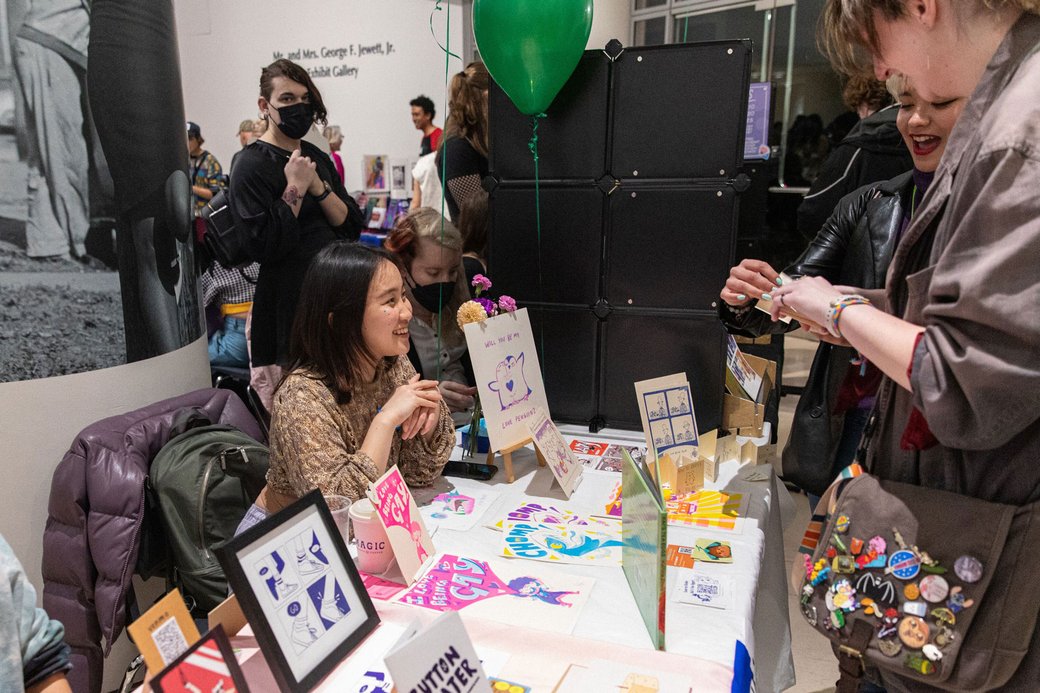
Many CCA students learn the art of networking, building professional relationships, incorporating valuable feedback, and presenting their work.
Students from CCA’s STEM-designated Comics program make themselves known to the wider comics world, learning the marketplace of comics and getting their work noticed. Just this February they represented themselves as their own cartoonists at the Pride in Panels San Francisco Queer Comics Fest and others will be on panels at the San Francisco Zine Fest in September.


